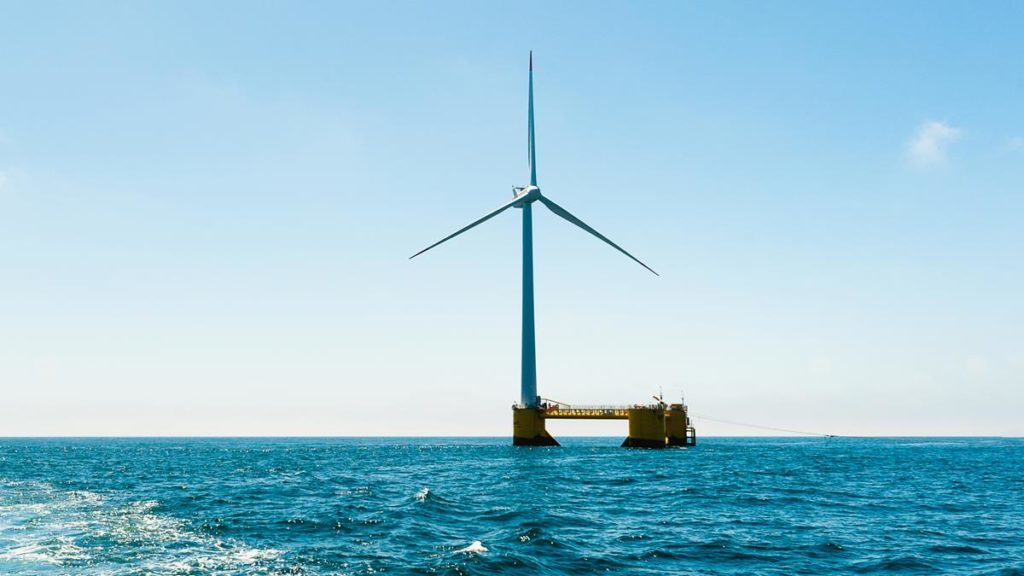
Offshore wind generation is growing rapidly and is expected to make up 25 percent of total wind capacity by 2028, up from 10 percent in 2019, according to a new study from the research firm Wood Mackenzie.
Most of the growth of offshore wind is expected to be in areas suitable for turbines fixed to the sea bed, according to the study.
Only a small fraction of offshore wind capacity over the next eight years will be from floating wind turbines, a technology undergoing rapid changes as developers try new versions of the technology.
Within about two years, about 350 megawatts of floating demonstrators are expected to be deployed, strengthening the case for floating turbines, according to the study.
More than 75 floating wind concepts have already been introduced and experienced developers are starting to position themselves more aggressively in the floating industry by forging alliances and building up floating wind supply chain pipelines.
“It’s clear that policymakers need to get onboard and develop a clear route to market if the floating wind industry is to become a true commercial success,” said Wood Mackenzie director of global offshore wind Rolf Kragelund.
This article first appeared on the Houston Chronicle – an Energy Voice content partner. For more from the Houston Chronicle click here.
Recommended for you
